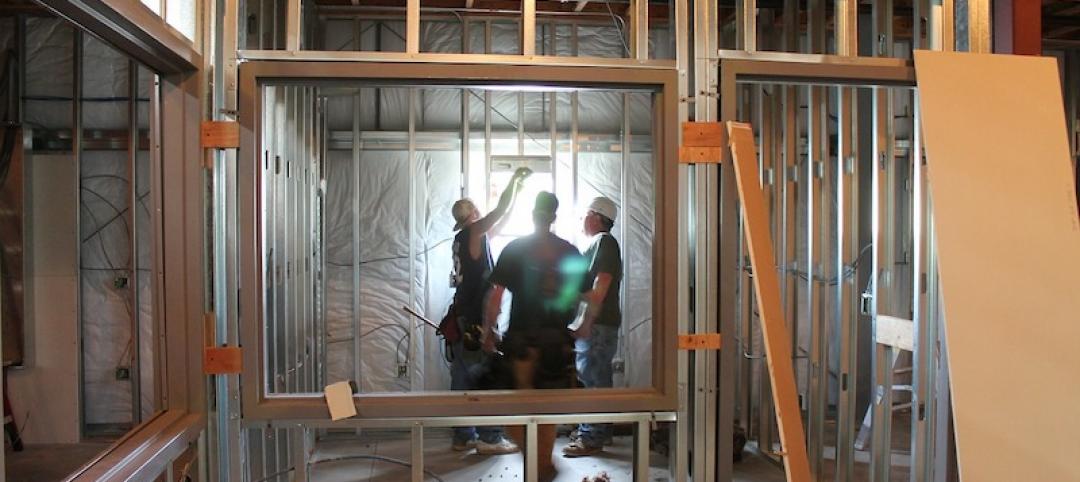As record-high office vacancies persist in U.S. urban areas, cities are rethinking zoning policy.
More cities are modifying single-use downtown zoning to encourage office conversions to multifamily and mixed-use developments. And with good reason, as mixed-use neighborhoods on average have weathered pandemic shutdowns better than single-use business districts.
With most downtown-based workers embracing work-from-home options, the conception of office-only city districts that go vacant at night may be outmoded. In Washington D.C., for example, a record office vacancy rate of more than 18% has fueled a trend of office-to-apartment conversions.
Officials in D.C. and New York City are debating zoning changes to spur more of these conversions. New York officials are particularly focused on the mid-town Manhattan office district, though many towers targeted for conversion in that area were built in the 1960s. These buildings, with most of the square footage configured on large floor plates inside windowless building cores, make for a significant design challenge to convert them to residential use.
Related Stories
Codes and Standards | May 8, 2020
New NIBS report evaluates natural disaster mitigation strategies
Document examines strengthening buildings for flood, wind, wildfires, and earthquakes.
Codes and Standards | May 6, 2020
A few ways contractors can manage COVID-19 risks
Staggered start times, rigorous tool cleaning, virtual training among the strategies.
Codes and Standards | May 5, 2020
NAHB loses influence in 2021 IECC building code development
Despite objections from the National Association of Home Builders (NAHB), the development of the 2021 International Energy Conservation Code (IECC) is nearing conclusion. NAHB objected to several more stringent energy efficiency provisions.
Codes and Standards | May 5, 2020
2020 IECC will lead to significant carbon emissions reductions
New model building code nearly finalized.
Codes and Standards | May 4, 2020
New York expands prevailing wage law
Now includes private projects with 30% or more of public subsidies.
Codes and Standards | May 1, 2020
OSHA says most employers don’t have to track worker COVID-19 infections
Agency clarifies responsibility for contractors, others.
Codes and Standards | Apr 29, 2020
New York City tightens restrictions on construction during pandemic
Dept. of Buildings has issued more than 100 violations and stop-work orders.
Codes and Standards | Apr 28, 2020
ASHRAE, WELL panels to tackle revising standards to limit spread of viruses in buildings
Will examine ways to reduce infectious threats through building designs and operations.
Codes and Standards | Apr 24, 2020
Dept. of Labor issues guidance for respiratory protection during N95 shortage
Elastomeric respirators or powered, air-purifying respirators, and expired N95s are allowable alternatives
Codes and Standards | Apr 23, 2020
Group will create ecosystem for smart building data
Seven Finnish companies aim to integrate all technical systems into a single platform.

















